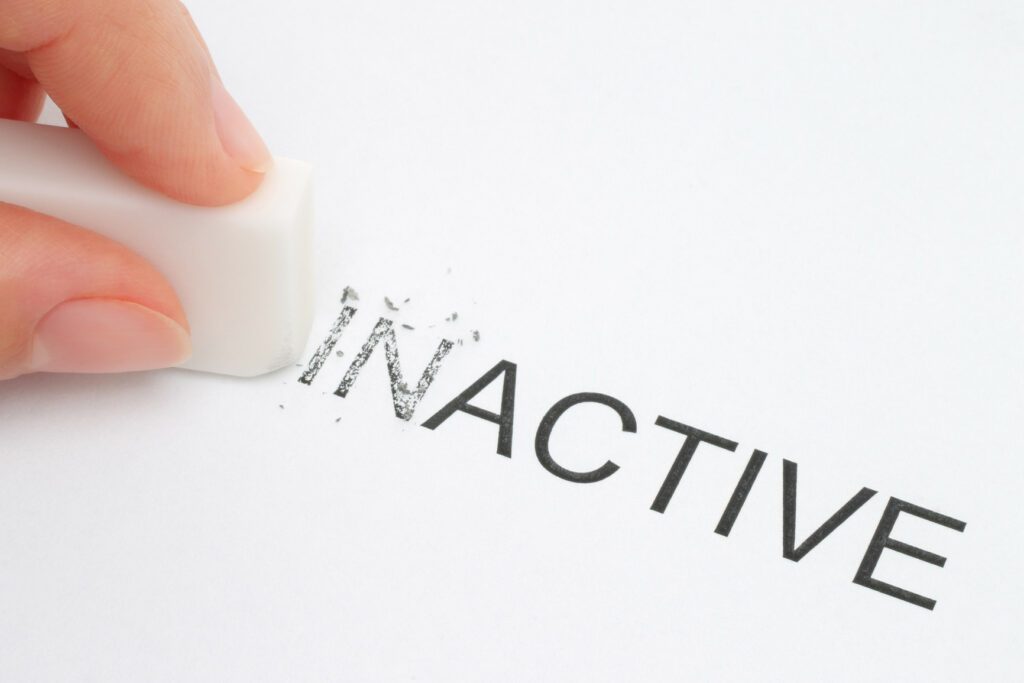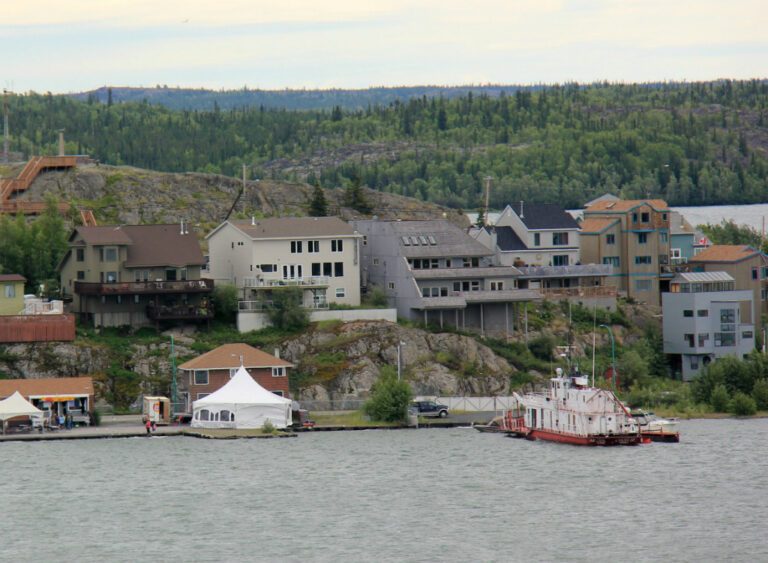Three years after adopting a new review process, the NWT Sports and Recreation Council appears no closer to learning what sort of bang it’s getting for millions spent on improving fitness in the territory.
The council is funded from territorial lottery proceeds and provides 90 per cent of the money spent by five partner organizations – Aboriginal Sport Circle, Sport North, Beaufort Delta Sahtu Recreation Association, Mackenzie Recreation Association and the NWT Parks and Recreation Association.
The council doled out $10.8 million to its partner organizations over the three years, though they also received money from sponsors and the Department of Municipal and Community Affairs.
The first report from the SRC’s monitoring, evaluation and accountability guide claims an 18.5 per cent increase in physical activity since 2011 from the $1.6 million spent on promoting fitness among residents over age 12.
But the claim that 56.7 per cent of the territory’s population is active relies entirely on self-reporting, a measure experts view with skepticism because subjects both over- and under-report results.
The report was unable to gauge the impact of its $217,000 investment to promote physical activity among recent immigrants, children under age six, people with obesity, heart disease, intellectual or physical disabilities.
Large investment, mixed results
A third priority, and at $5 million, the largest investment by territorial sports organizations, was aimed at development, recruitment, and recognition of coaches, leaders and other sport and recreation volunteers. It produced mixed results.
“Overall participation increased by 26 per cent,” the report stated. “However, results of training for coaches, volunteers, and staff is not yet being felt by stakeholders, who say the sector does not have a stable pool of volunteers, staff, or coaches.”
The best return came from $1.9 million spent boosting participation in organized sport and recreation opportunities at the regional and territorial level, which increased by 42 per cent.
But that figure was skewed by low numbers. Participation in winter sports at the provincial, territorial and western level increased from 12 in 2011 to 14 in 2013-14 and from 14 to 17 at the international level.
“These may not be the best measure of achievement, because the chosen outcome focuses heavily on territorial sports organization activity – yet a large portion of the funding is distributed by Sport North Federation through its granting program,” the report said. “Clearly, SRC should reassess what this priority is designed to achieve.”
Half of money used for grants
Half of the program money delivered to partner organizations goes out the door in grants, prompting the report’s authors to caution “care should be taken by the sector to ensure that there are not multiple levels of granting.”
Overall, SRC partners allocated 61 per cent of income to programs, 33 per cent to staff, four per cent to administration and two per cent to governance.
“Given the high sector expenditure on staffing (33%), it is clear that granting is a major program expense (and) also worth considering whether granting programs make the best use of the number, type, and expertise of sector staff.”
“Another important question is whether the administrative and governance expenses are an effective and efficient use of Lottery revenue. Efficiencies could potentially be found in merging administrative and governance expenses for similar functions, such as granting,” the report suggested.
The report was also cautious about the increase in physical activity, from 7,764 participants in 2011-2012 to 9,212 in 2013- 2014, noting that it is “part of a trend since 2008, and cannot be directly linked to SRC investment, but instead should be attributed to a broad range of factors.
Studies show “increases in self-reported levels of physical activity increased in all three territories between 2011 and 2012, not just in NWT. This further suggests that increases are due to multiple factors beyond SRC investment,” the report said.
“SRC and all NWT sport and recreation partners should recognize that their overall contribution to these results are limited, and part of the wider system of NWT health, education, sport, recreation and leisure stakeholders,” the report said.






